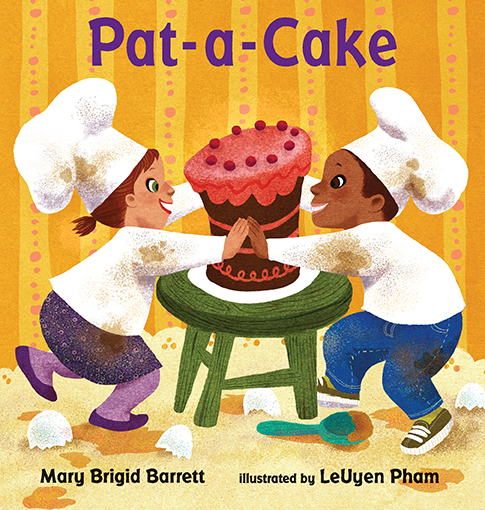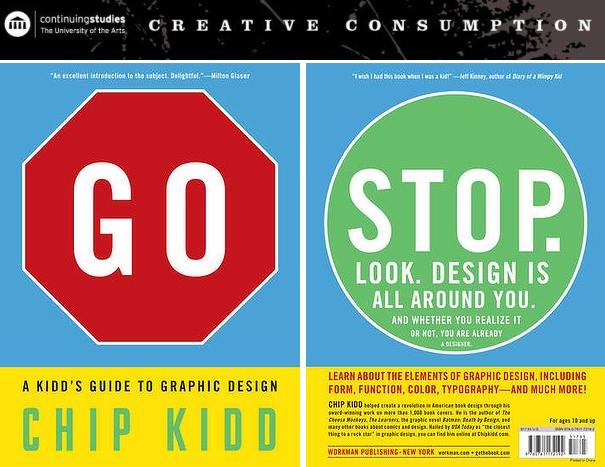 |
| Posing with Kate - note my "Holy Bagumba" button |
Because I was on the stage and couldn't take notes, I don't have any direct quotes from the program. It was televised by the city of Takoma Park TV, however, and I'll update this post with a link to the televised version as soon as it is posted. Suffice to say that our conversation ranged from Kate talking about how she moved from Minnesota to Florida with no socks (and quickly went out and purchased some in the first cold snap) to what it's like to get "the call" about winning the Newbery Medal (in 2004 for The Tale of Despereaux and earlier this year for Flora & Ulysses) to her hilarious new book, Leroy Ninker Saddles Up.
Meanwhile, here are just a few "snapshots" from the memorable evening:
Snapshot No. 1: (courtesy of friend/neighbor Suzanna Banwell). Kids holding copies of their favorite books by Kate running down the hill outside the Community Center to get to the auditorium. As Suzanna said: "It gave me chills to see these kids so excited about books and an author!"
Snapshot No. 2: Kids thrilled to ask Kate questions, some of them so excited that they didn't listen to previous questions and answers, which meant that Kate answered the same question three times: "What inspired you to write Because of Winn-Dixie?" A veteran of kid Q&A sessions, Kate patiently responded each time, and in fact reworked her answer each time so that it didn't sound repetitive. (Short answer: During one of the coldest winters in Minneapolis, Kate was homesick for Florida. She also was without a dog, for the longest time ever in her life. So she decided to write a book set in Florida starring a dog.)
Snapshot No. 3: Kids asking questions I'd never thought to ask, helping us all to learn more about Kate and her writing. One example: "Why does Mercy Watson (star of the Mercy Watson beginning reader series) love buttered toast so much?" Kate responded by noting that, one day, she was giving a ride to a friend, who decided to eat slices of liberally-buttered toast in Kate's brand-new (and much-prized) Mini Cooper. Irritated about crumbs and butter on the new upholstery, Kate asked her friend if she could put away her food until she was out of the car. Instead, her friend responded with a lecture on the merits of buttered toast. Kate, who had been struggling to bring Mercy Watson alive on the page, took that lecture and gave Mercy what is now her most famous characteristic: her passion for buttered toast.
 |
| Jon Scieszka, take note! |
Snapshot No. 5: Kate staying after the program to sign books until everyone in the line, which snaked around the auditorium, had their books signed. One of the last people to have their books signed was Frank, a custodian at the community center. Because he was working, Frank couldn't hang out in the line, but instead popped in at the last minute in hopes that Kate would still sign his book. Of course she did!
Huge thanks go to Politics & Prose Bookstore, especially Kerri Poore, for having the idea to ask Kate to do a program on Friday, Aug. 29 before her headliner appearance at the Aug. 30 National Book Festival. Thanks also to the unflappable Jennifer Roberts, executive director of marketing and publicity at Candlewick Press, Kate's publisher. Jennifer made sure everyone could hear Kate speak and kept the book-signing line moving. Lots of "Yippie-i-ohs" to Kate the Great for coming to share herself and her stories, and for teaching us all the heart-touching new word of "capacious." Finally, thanks to all of the kids and their grown-ups who comprised our overflow crowd and made the evening so fun!






























